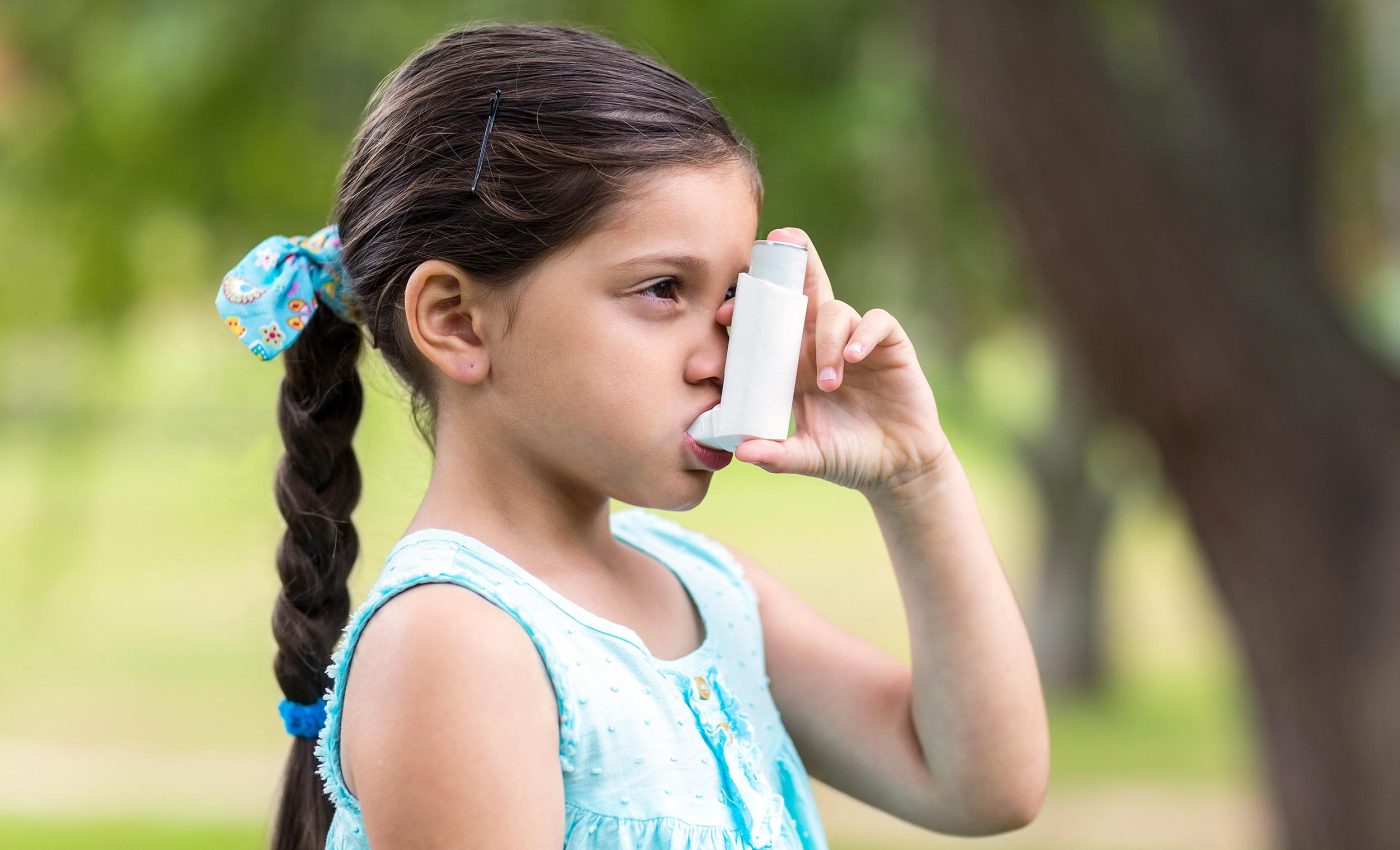
A new inhaler that could change asthma treatment forever
A rescue inhaler that pairs a bronchodilator with an anti-inflammatory steroid just changed the conversation about “mild” asthma.
In a recent study, Airsupra reduced the risk of a severe asthma attack by 47 percent versus albuterol alone and cut yearly oral steroid exposure.
Doctors have leaned on albuterol for decades, even though it treats tight airways but not the simmering inflammation that fuels future attacks.
“SABA-only treatment of asthma is not recommended,” notes the Global Initiative for Asthma Pocket Guide 2023.
What this asthma inhaler does
Lead investigator Craig LaForce, M.D., medical director at North Carolina Clinical Research (NCCR), led the U.S. study with collaborators across academia and industry.
Airsupra combines albuterol, a short-acting beta2-agonist (SABA) that relaxes airway muscles, with budesonide, an inhaled corticosteroid (ICS) that calms airway inflammation.
It is delivered as a pressurized metered dose inhaler (pMDI), used as needed in response to symptoms.
BATURA, the trial behind the new data, was fully virtual, randomized, double blind, and event driven, with participants treated for at least 12 weeks and up to 52 weeks, all visits conducted remotely and eligibility starting at age 12.
Inside the BATURA numbers
Participants using the combination had fewer severe attacks across a year, with an annualized rate of 0.15 compared with 0.32 on albuterol alone, and lower cumulative oral steroid doses over the same period.
An independent committee recommended stopping the trial early for efficacy, and adverse events were similar between groups, with no new safety signals reported.
The benefit was not a narrow statistical blip but a clinically meaningful shift in day to day risk. Fewer attacks mean fewer urgent visits, fewer courses of prednisone, and steadier lung health over time.
These findings also align with a broader pattern seen when an inhaled steroid is added at the moment symptoms flare. Treat the spasm and the inflammation together, and people have fewer bad days.
Asthma inhaler challenges protocol
For years, many people with intermittent symptoms were told to carry albuterol and rely on it when they wheezed.
That approach left inflammation unchecked, which is why guideline groups have moved away from SABA only strategies at the first hint of symptoms.
Earlier evidence pointed in the same direction.
In the MANDALA trial, as needed, albuterol plus budesonide reduced severe exacerbations compared with albuterol in patients with moderate to severe asthma who were responding to symptoms, building the case for anti-inflammatory rescue therapy beyond maintenance plans.
Regulators also asked whether each ingredient pulls its weight.
The DENALI lung function study answered that by showing that both albuterol and budesonide contributed to efficacy when combined in the pMDI, supporting the rationale for pairing symptom relief with anti-inflammatory action in one device.
Together, these strands explain why a rescue inhaler that includes a steroid can make sense even for people who think their asthma is “mild.” Symptoms may be occasional, yet risk still accumulates when inflammation gets ignored.
Bringing into the real world
The Food and Drug Administration (FDA) cleared Airsupra for adults in January 2023 as an as needed therapy to relieve bronchoconstriction and reduce the risk of exacerbations.
“It is the first combination of an inhaled corticosteroid (ICS) and a short-acting beta-agonist to be approved in the U.S.”
Guidelines now emphasize getting anti-inflammatory medication to the airways when symptoms arise. That can mean ICS formoterol in one track, or an ICS paired with a SABA, with the shared goal of treating both the immediate squeeze and the underlying inflammation.
BATURA focuses that guidance on people labeled as mild, who often are told they will be fine with a rescue bronchodilator alone.
The new data indicate a practical alternative that can be used in the same moments a person would usually reach for albuterol.
Approval status and labeling still matter. BATURA enrolled participants 12 and older in the United States, but current U.S. approval for the combination rescue inhaler applies to adults 18 and up, so clinicians will continue to match evidence and labeling to individual care plans.
What patients and families should know
If your plan today calls for albuterol alone, ask whether an as needed combination could better fit your pattern of symptoms and risk.
You are not adding a daily controller here, you are changing what happens each time you reach for a rescue dose, which may cut the chance that a bad day becomes an emergency.
Oral steroids work, but frequent bursts carry costs for bones, blood sugar, mood, and more. A rescue inhaler that reduces total steroid exposure over a year, while still preventing attacks, is a meaningful quality of life gain for many people.
Device technique still counts. Two inhalations of the prescribed dose, proper timing with the canister, and steady follow up visits help convert evidence into outcomes that show up in daily life.
Asthma care is personal. The best plan takes into account age, triggers, how often symptoms show up, and how comfortable you are with as needed versus daily medication.
Bring questions to your next appointment and expect a conversation about options that treat both symptoms and inflammation on the spot.
The study is published in The New England Journal of Medicine.
—–
Like what you read? Subscribe to our newsletter for engaging articles, exclusive content, and the latest updates.
Check us out on EarthSnap, a free app brought to you by Eric Ralls and Earth.com.
—–













